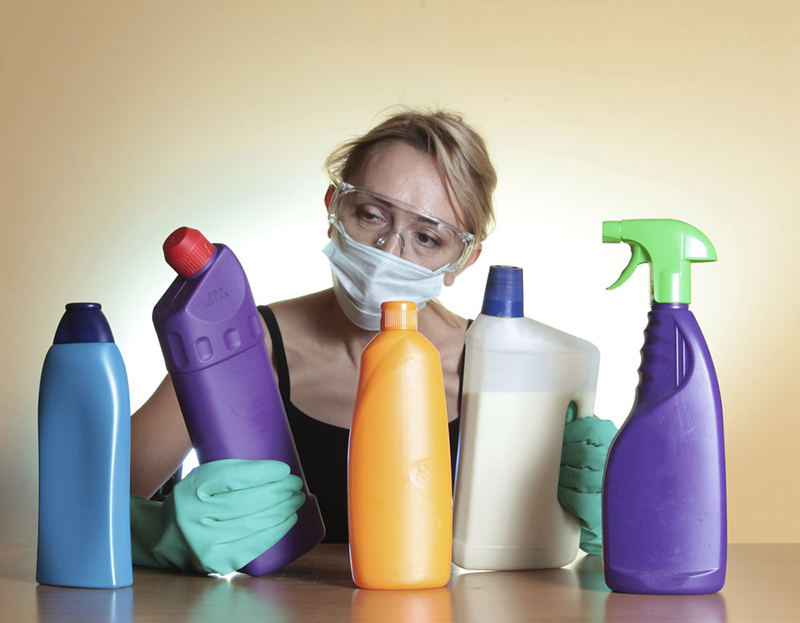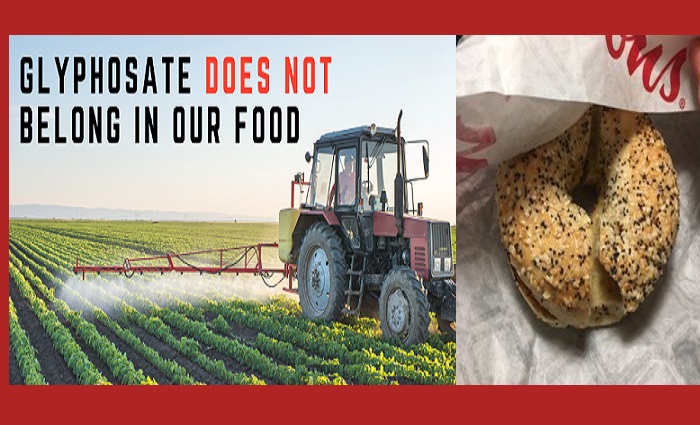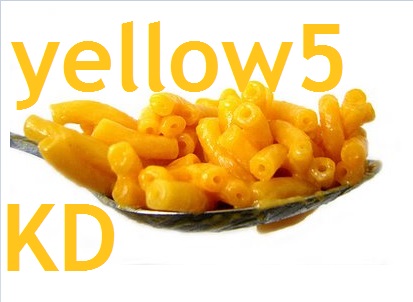The US Centers for Disease Control (CDC) has designated January as National Radon Action Month to draw attention to what it describes as “an invisible, silent home invader.” The CDC initiative seeks to unmask the dangers of radon, a colorless, odorless, and tasteless gas that is responsible for an estimated 21,000 lung cancer deaths in the US each year.
“Radon can build up in the air in any home or building, whether or not it has a basement, is sealed or drafty, or is new or old,” the CDC warns. It also explains that there is “no known safe level of radon,” encouraging every homeowner to test for radon and, when detected, implement effective mitigation systems.
The last week of January 2025 is the CDC’s Radon Awareness Week, which encourages people to explore their personal “Radon Story.” The following facts about radon can help anyone understand how they might come into contact with it, its potential health impacts, and how radon levels in a home or other building can be reduced.
Any home can be vulnerable to radon
Radon is a naturally occurring, radioactive element that is released when radium in rocks, plants, and soil breaks down. It makes its way into buildings through cracks and other openings in foundations.
Outdoors, radon dissipates in the atmosphere to levels that are not harmful to humans. If trapped indoors, however, it can accumulate to dangerous levels. In the US, the Environmental Protection Agency estimates that 1 in 15 homes contains dangerous radon levels. The 2024 Cross-Canada Survey of Radon Exposure in Residential Buildings of Urban and Rural Communities found that 18 percent of Canadian homes contain unsafe levels of radon.
Certain people face higher risks of radon-related health issues
When radon accumulates indoors, it can be breathed in by humans to be trapped in lung tissues, where its radioactivity then can lead to cancer. It is estimated that radon exposure causes an estimated 84,000 lung cancer deaths globally each year, which makes it second only to smoking for lung cancer deaths.
While radon can cause health impacts for anyone, certain people have been identified as being more vulnerable to its effects. According to the EPA, cigarette smokers face a higher risk of radon-induced lung cancer due to the synergistic effects of radon and smoking. Those with a faster breathing rate, including pregnant women and children, also face more of a risk of health impacts from radon.
Modern technology can provide real-time radon readings
Traditional tests determine radon levels by using charcoal canisters to capture a sample of indoor air that is then analyzed in a lab. The effectiveness of those tests is limited by the fact that they capture only a single snapshot of radon levels, which can fluctuate significantly between seasons and even throughout the day. In addition, obtaining test results from the lab requires waiting several days.
Modern radon monitors provide ongoing readings of radon levels, with initial readings available within minutes and reliable results determined within an hour. These monitors ensure that fluctuations in radon levels are identified, and they can also be easily moved around within a home or building to identify radon hot spots. Continuous readings from the monitors can also be accessed wirelessly through a mobile app for in-depth analysis, capable of alerting the residents to potential radon issues even when they are not at home.
High levels of accumulation require radon mitigation
Mitigation is essential for homes where high levels of radon accumulation are detected. The EPA has set the radon action level at 4 pCi/L. Canadian authorities have set a level of 200 Bq/m3, which is approximately 5.4 pCi/L.
Radon mitigation systems utilize fans and suction pipes to carry out a process known as active soil depressurization. The process removes radon from beneath foundations before it can make its way into structures. The systems typically require little maintenance and can be run for as little as $10 per month in operating costs. They also prevent other soil gases from entering the home.
While radon poses serious health risks, these risks can be easily prevented. Homeowners can stay safe from the dangerous effects of the gas by taking the steps to: 1)continuously monitoring for radon accumulation by using a modern radon monitor that provides ongoing readings of radon levels, and 2) when necessary, leveraging the mitigation tools available for reducing radon levels or seeking the help of radon professionals to eliminate the threat of toxic gas from the inside of their homes. For the Silo, Insoo Park, Founder and CEO of Ecosense.










